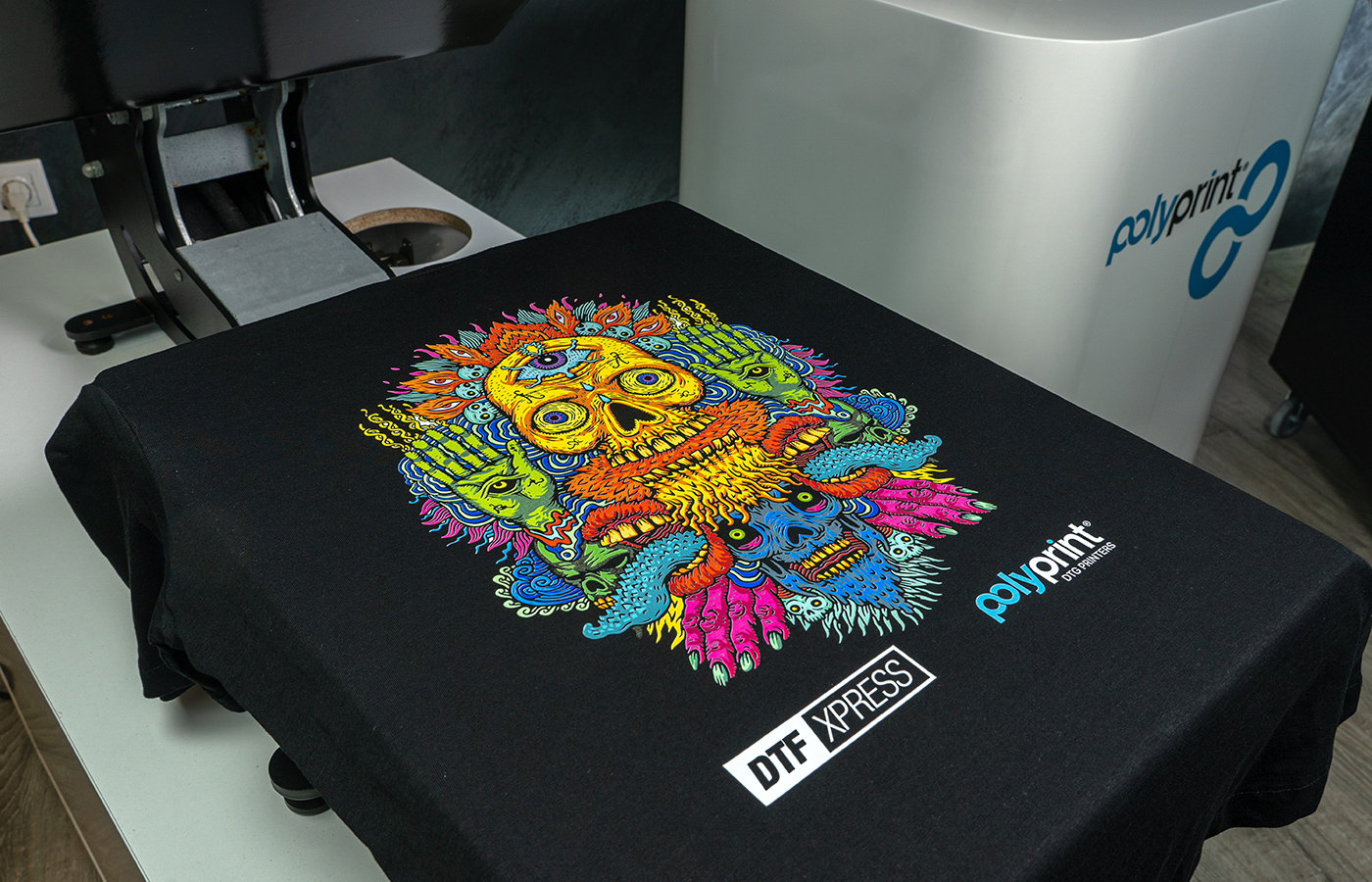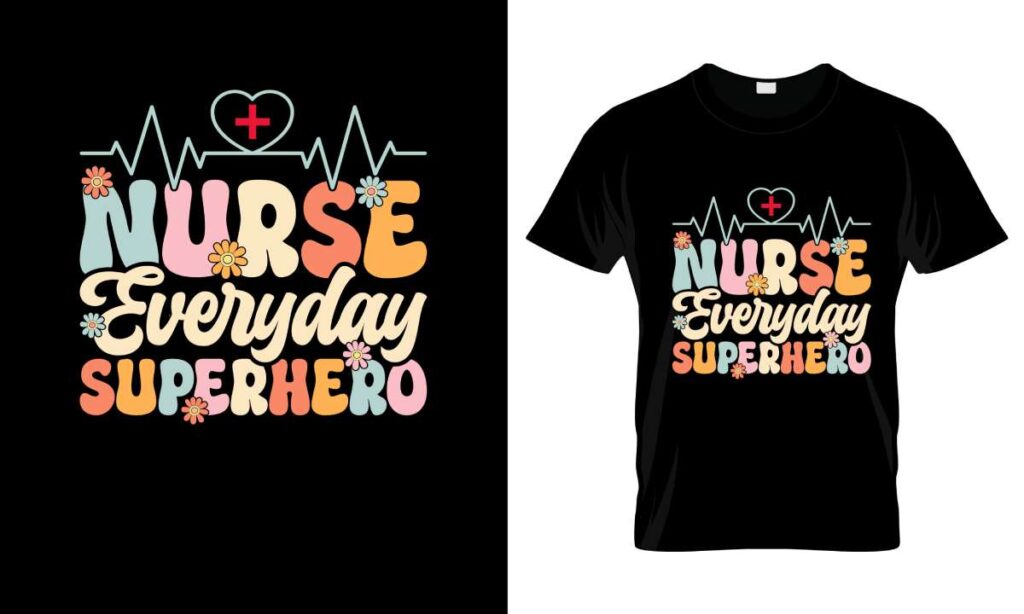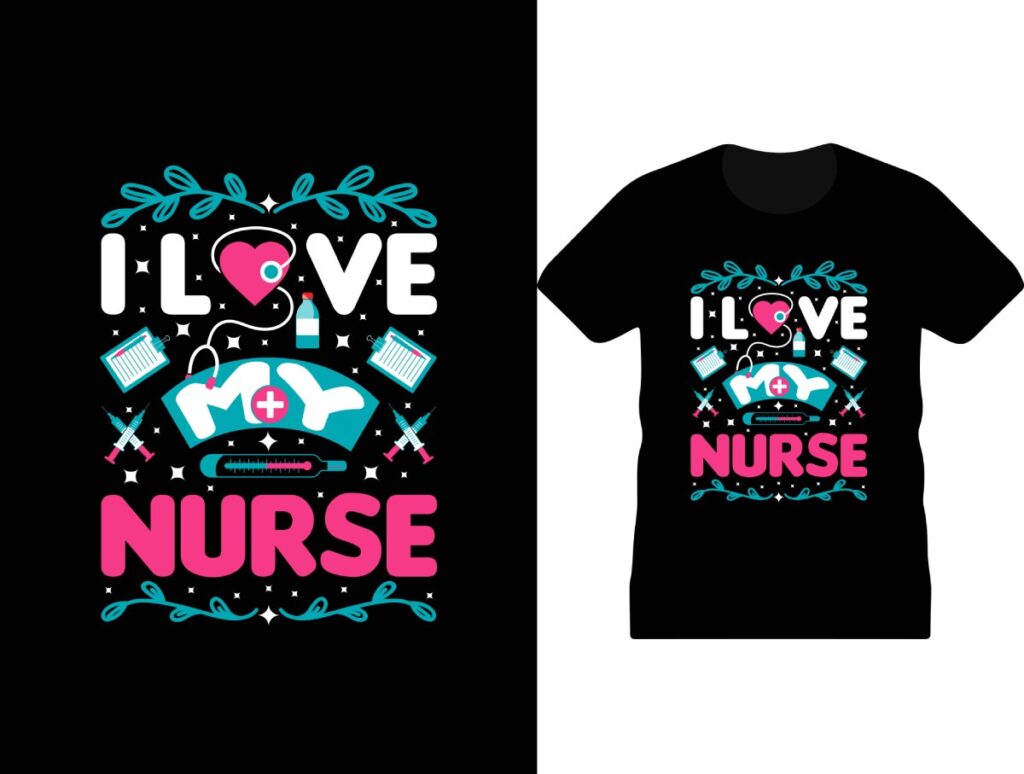DTF printing, or Direct-to-Film printing, has rapidly gained traction as a game-changing technology in the realm of custom apparel and printing. This innovative method offers numerous advantages, notably its efficiency, vibrant print quality, and sustainability, appealing to both professionals and hobbyists alike. Unlike traditional printing methods, DTF printing minimizes waste, making it a cleaner solution for creative entrepreneurs looking to reduce their environmental footprint. As demand for eco-friendly practices in custom apparel printing rises, understanding the benefits of DTF printing is more crucial than ever. In this guide, we will explore the exciting developments in DTF printing technology and its growing significance in the printing market.
Also referred to as direct-to-film technology, this printing method is revolutionizing the way designs are transferred onto fabrics and other materials. DTF technology excels in producing vivid designs with exceptional durability, making it a preferred choice for creators and businesses involved in custom apparel production. With a focus on sustainability, this technique significantly reduces material waste compared to older printing methods, such as screen printing. Additionally, comparing DTF versus sublimation printing highlights its versatility, as it can be applied to various fabric types, not just synthetics. Embracing this modern printing technology positions businesses to thrive amid the growing demand for environmentally responsible practices.
Understanding DTF Printing Technology
Direct-to-Film (DTF) printing is a cutting-edge technology that revolutionizes the way designs are transferred onto fabrics and other materials. This innovative process involves printing designs onto a unique film, which is then applied to the desired substrate using heat. One of the main advantages of DTF printing lies in its ability to deliver high-quality, vibrant prints that are durable and resistant to wear and tear. This technology significantly reduces the waste typically associated with traditional printing methods, such as screen printing, making it a more Eco-friendly option for businesses and consumers alike.
As consumer preferences shift toward more sustainable practices, DTF printing stands out for its efficiency and versatility. Unlike traditional printing processes that require extensive setups and high quantities of materials, DTF allows for on-demand printing, minimizing excess and conserving resources. The potential for reducing environmental impact while maintaining exceptional print quality makes DTF an appealing choice for custom apparel and other printing applications.
The Advantages of DTF Printing
DTF printing presents numerous advantages that elevate it above other printing methods. Firstly, the vibrant colors and sharp details achievable through this technology are unparalleled, allowing for intricate designs that stand out in the competitive custom apparel market. The ability to print on various materials, including cotton, polyester, and blends, offers designers immense flexibility, catering to a broader clientele in fashion and promotional merchandise.
Moreover, the process requires lower setup costs than many traditional printing techniques. This affordability makes DTF printing an accessible option for small businesses, startups, and hobbyists wanting to enter the custom printing industry without extensive financial investment. By leveraging these advantages, entrepreneurs can effectively meet market demands while maintaining quality and efficiency.
Sustainability in DTF Printing
Sustainability is a crucial aspect of modern printing technologies, and DTF printing meets this need head-on. The process is designed to minimize waste by using only the necessary materials required for each print run. This directly contrasts with traditional methods that often lead to substantial material and ink waste. By reducing excess and employing efficient printing techniques, businesses can significantly lessen their environmental footprint.
Furthermore, DTF printing aligns with the growing consumer demand for eco-friendly practices. As brands increasingly focus on sustainability to appeal to socially-conscious shoppers, integrating DTF technology can bolster a company’s green reputation. By choosing DTF printing, businesses not only contribute to a healthier planet but also position themselves favorably in a market that prioritizes environmental responsibility.
Current Trends in DTF Printing
The DTF printing market is witnessing several current trends that signal its rapid growth. That includes the emergence of compact and accessible printing equipment, tailored for both small businesses and home crafters. Recent initiatives, such as the launch of A3 DTF printers, have made this technology more approachable for newcomers to the custom apparel field, expanding access to high-quality printing solutions.
In addition, we are seeing increased investment in DTF technology, with companies adopting advanced machinery that enhances print quality and speed. This rising trend supports the expansion of the print-on-demand market, enabling quicker turnarounds and improved customer satisfaction, which are vital in today’s fast-paced retail environment.
DTF vs. Sublimation Printing
When comparing DTF and sublimation printing, several key differences emerge that highlight the versatility of DTF. Sublimation printing is primarily limited to synthetic fabrics, restricting its application. In contrast, DTF printing can be utilized on a diverse range of materials, including cotton and other natural fibers, making it a superior choice for custom designs across a broader spectrum of apparel and products.
Furthermore, the application process for DTF is simpler and more efficient, allowing for a more user-friendly experience, which is particularly advantageous for those new to custom apparel printing. DTF’s ability to produce vivid, long-lasting prints on various substrates reinforces its position as a preferred printing technology in today’s dynamic marketplace.
The Future of DTF Printing Technology
As we look towards the future of DTF printing, exciting advancements are on the horizon. Ongoing research and development efforts aim to enhance print quality, efficiency, and material compatibility. This continuous innovation suggests that DTF technology will only become more integral in the custom printing landscape, enabling businesses to offer even more diverse product options to their customers.
Moreover, the increasing emphasis on sustainable practices in manufacturing is likely to catalyze further growth in DTF printing. As more brands commit to reducing their environmental impact, DTF’s efficient use of materials and lower waste output will make it a favored choice. This alignment with sustainability trends positions DTF printing as a frontrunner in the industry, paving the way for an eco-conscious future.
Frequently Asked Questions
What is DTF printing and how does it work?
DTF printing, or Direct-to-Film printing, is a method of transferring designs onto various substrates using a special film and heat. This technology allows for vibrant, durable prints on fabrics like cotton and polyester, streamlining the printing process compared to traditional methods.
What are the advantages of DTF printing over traditional printing methods?
DTF printing advantages include vibrant and detailed designs, wide material compatibility, minimal waste, and lower setup costs. This makes it an ideal choice for custom apparel printing, particularly for those seeking sustainable printing technology.
How does DTF printing compare to sublimation printing?
When comparing DTF vs sublimation printing, DTF printing offers greater versatility. While sublimation is primarily limited to synthetic fabrics, DTF can be used on a variety of materials, making it suitable for a broader range of custom designs.
Is DTF printing a sustainable option for custom apparel printing?
Yes, DTF printing is considered a sustainable printing technology as it minimizes waste compared to traditional methods. By using only necessary materials and reducing excess ink and film, DTF printing aligns with eco-friendly practices increasingly sought after by consumers.
What recent developments have occurred in DTF printing technology?
Recent developments in DTF printing technology include the launch of compact printers for small businesses, increased investment in large-format printers by companies, and ongoing innovations aimed at enhancing print quality and efficiency, further supporting the growth of custom apparel printing.
Can anyone start using DTF printing for their custom designs?
Absolutely! DTF printing has become more accessible with new compact printers and lower initial setup costs, making it an appealing option for hobbyists, freelancers, and small businesses looking to enter the custom apparel printing market.
| Key Point | Description |
|---|---|
| Introduction to DTF Printing | DTF printing uses a special film to transfer designs to various substrates with heat, providing vibrant and durable prints. |
| Sustainability Benefits | DTF minimizes waste and environmental impact compared to traditional methods, appealing to eco-conscious consumers. |
| New Products and Market Accessibility | Compact A3 DTF printers have been launched to make DTF technology accessible to small businesses and freelancers. |
| Investment in Technology | Companies are investing in DTF technology to improve capacity and quality, setting new industry standards. |
| Comparison with Other Printing Technologies | DTF offers greater versatility than sublimation printing, able to work with a wider range of materials. |
| Advantages of DTF Printing | Benefits include vibrant prints, wide material compatibility, sustainability, and low setup costs. |
| The Future of DTF Printing | Ongoing innovations are expected, improving efficiency and quality in DTF printing solutions. |
Summary
DTF printing is transforming the landscape of custom apparel and printing by offering a modern solution that emphasizes efficiency and sustainability. This innovative technology enables vibrant and durable prints on a variety of substrates, while minimizing environmental impact through reduced waste — a critical factor as consumers increasingly seek eco-friendly practices. As advancements continue in DTF technology, businesses can access affordable options like compact printers, making it easier for small enterprises and creators to harness its potential. By incorporating DTF printing into your operations, you not only enhance your product offerings but also align with the sustainable movement, ultimately positioning yourself to thrive in a competitive market.



